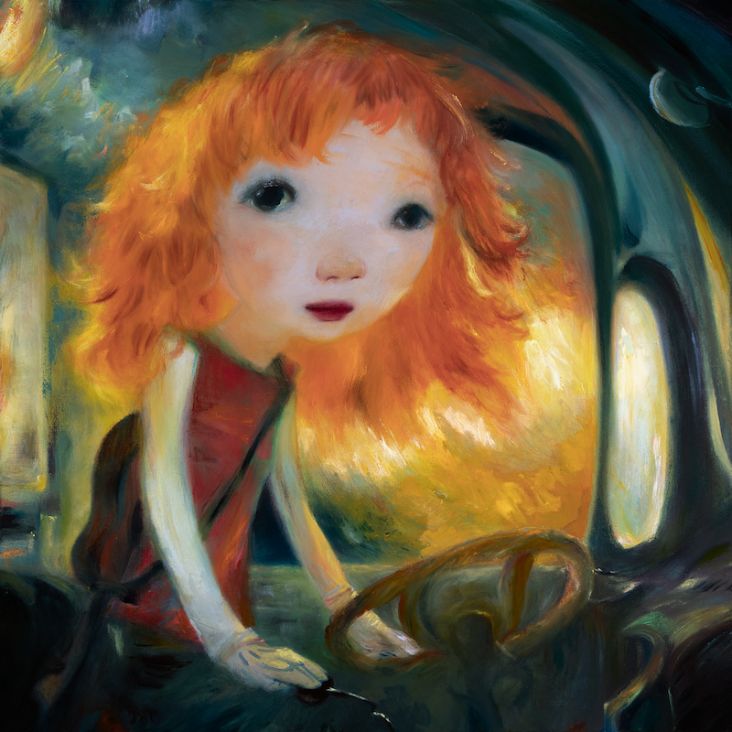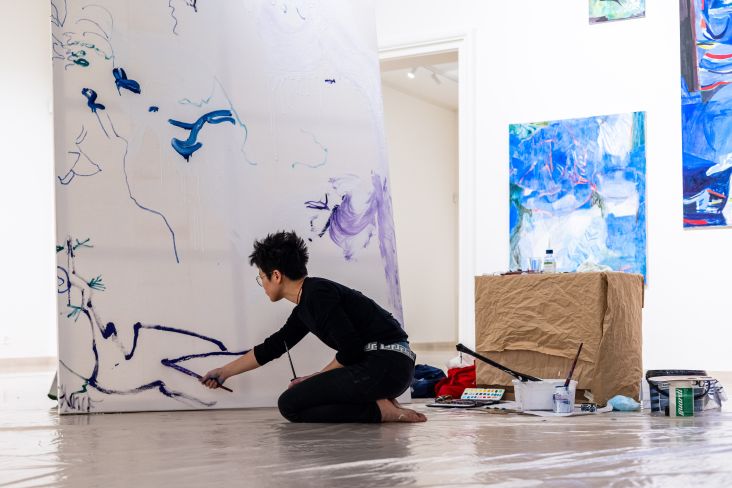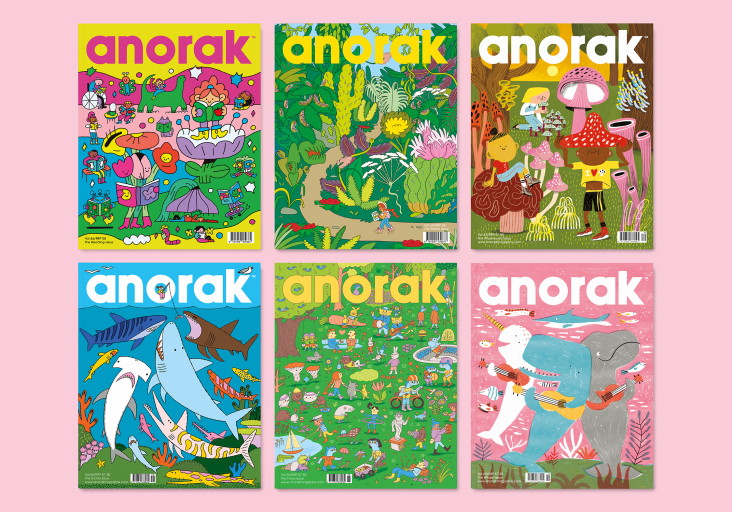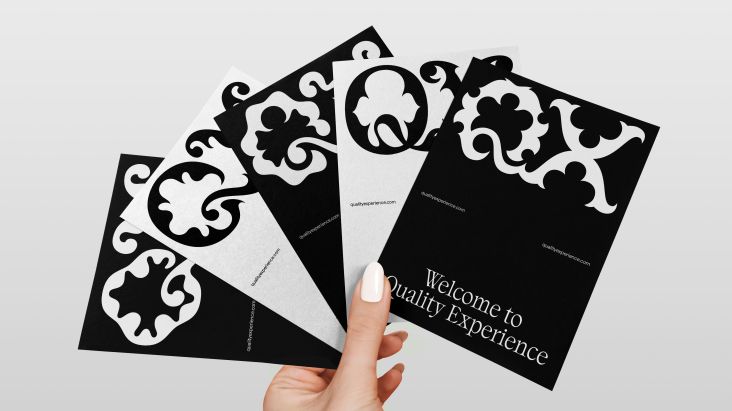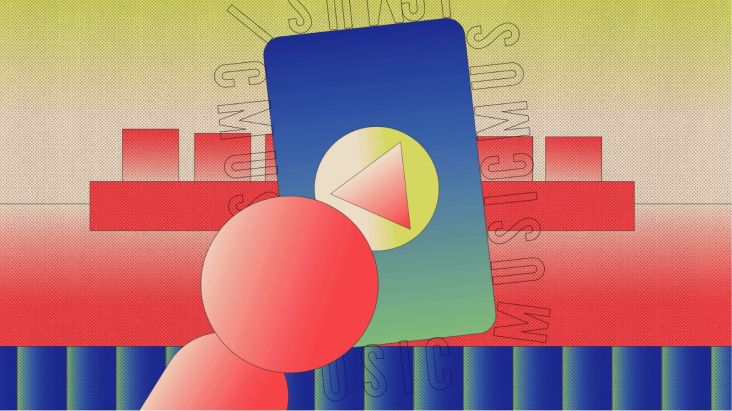Fun or frightening? Watch Niv Tishbi explore the nature of carnivals in striking solo show
Tel Aviv-based artist Niv Tishbi examines the nature of carnivals and looks at how they can turn from fun to fear in his latest solo show at the Herzliya Museum of Contemporary Art.
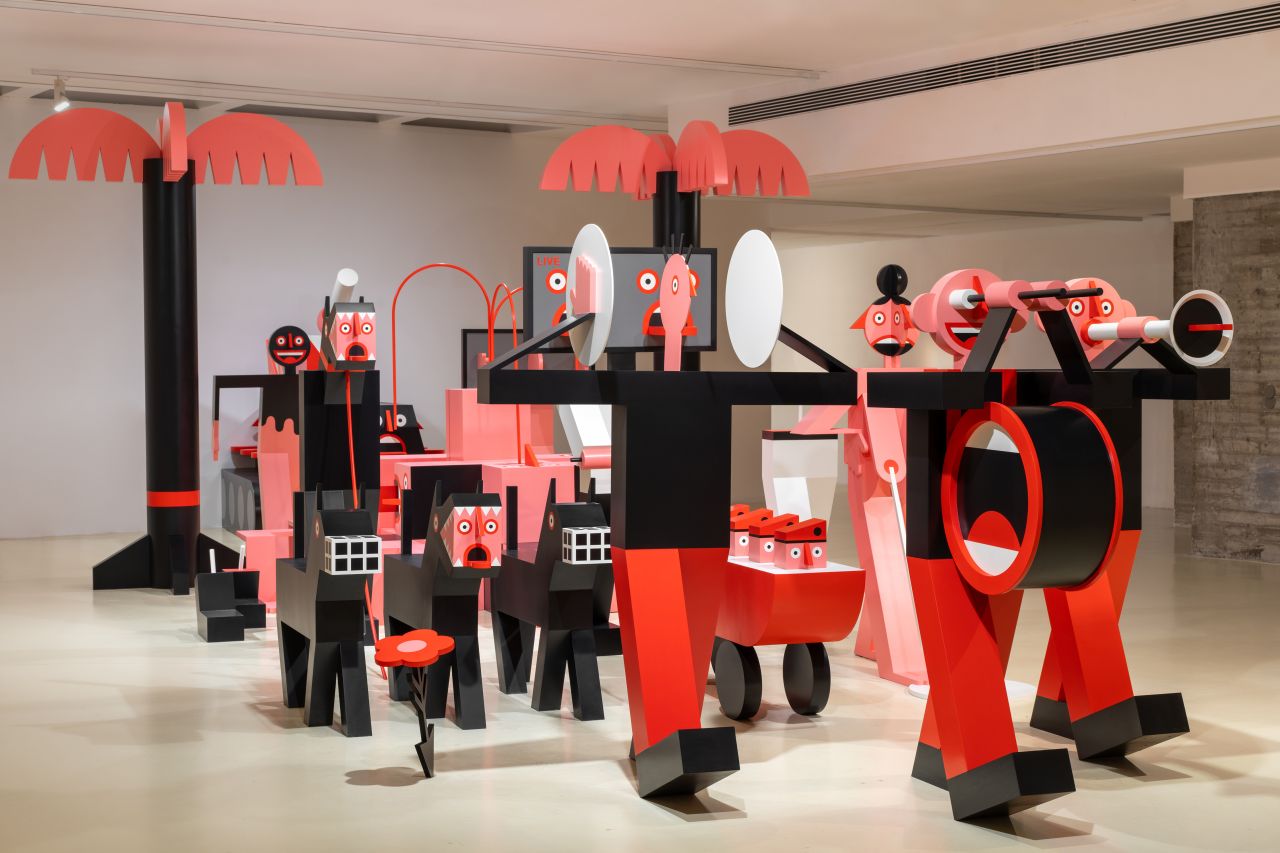
There's nothing like a carnival to bring people together. Social boundaries are broken down, the orderly structure of day-to-day life is briefly cast aside, and communities rally around in the spirit of celebration and entertainment. But is there a darker underside to these festivities?
Niv Tishbi turns his attention to that in The Carnival, a new installation at the Herzliya Museum of Contemporary Art in Israel. Made up of 15 brightly coloured, human-sized sculptures, this solo show freezes a moment of marching crowds in time and questions whether a more sinister essence might be simmering beneath the surface.
Are the figures happily gathered together, or have they been whipped into an angry mob? Their angular limbs and the inclusion of more disturbing elements, such as muzzled dogs with faces poking out of their mouths, hint at a more malevolent motivation behind the carnival.
"In its origin, a carnival is a folk ritual that highlights elements of freedom, fantasy, and imagination," says the gallery. "It defies the social order by celebrating forbidden desires, breaking boundaries and taboos, and unleashing passions.
"The Carnival created by Niv Tishbi is a frozen moment in time of what may be a celebration, a demonstration, or a military parade; an orderly procession of figures being led or leading, walking in silence or shouting. They are breaking through the museum's wall, marching toward the unknown."
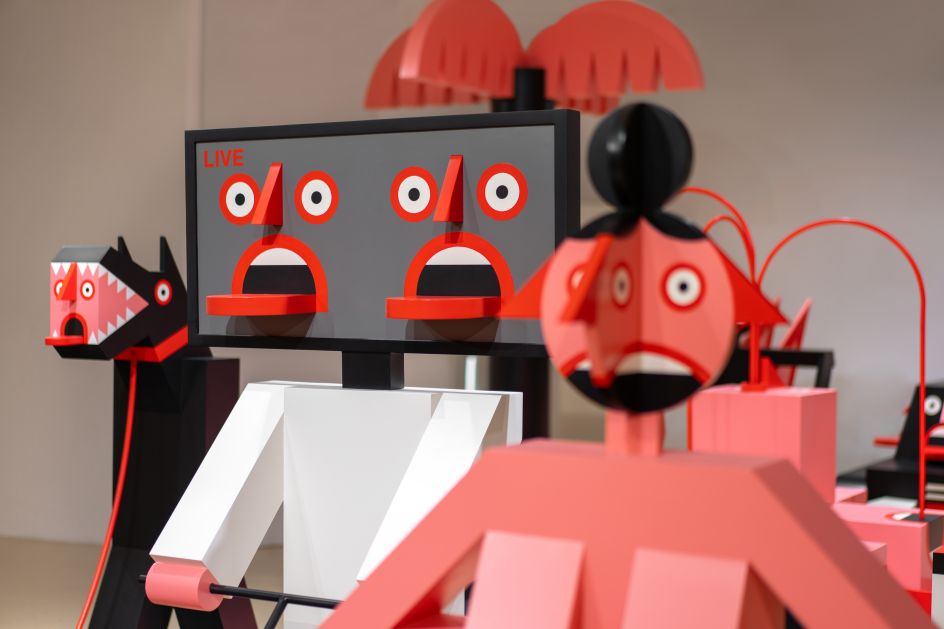
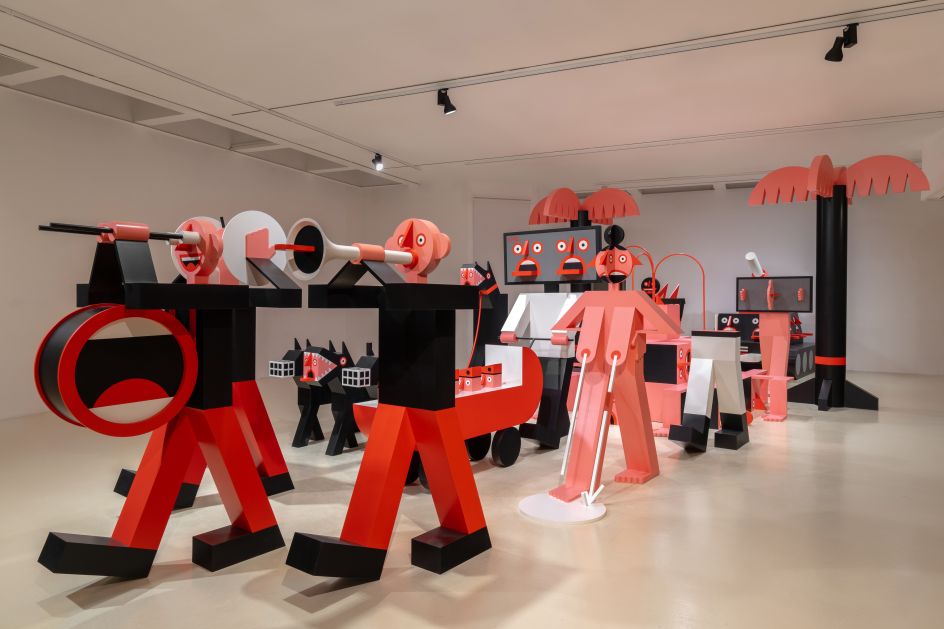
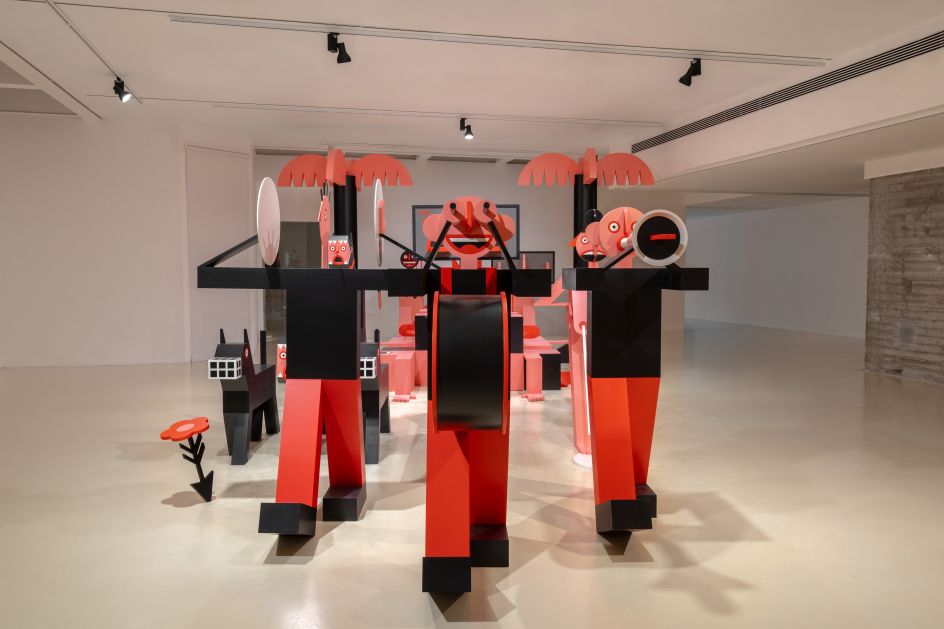
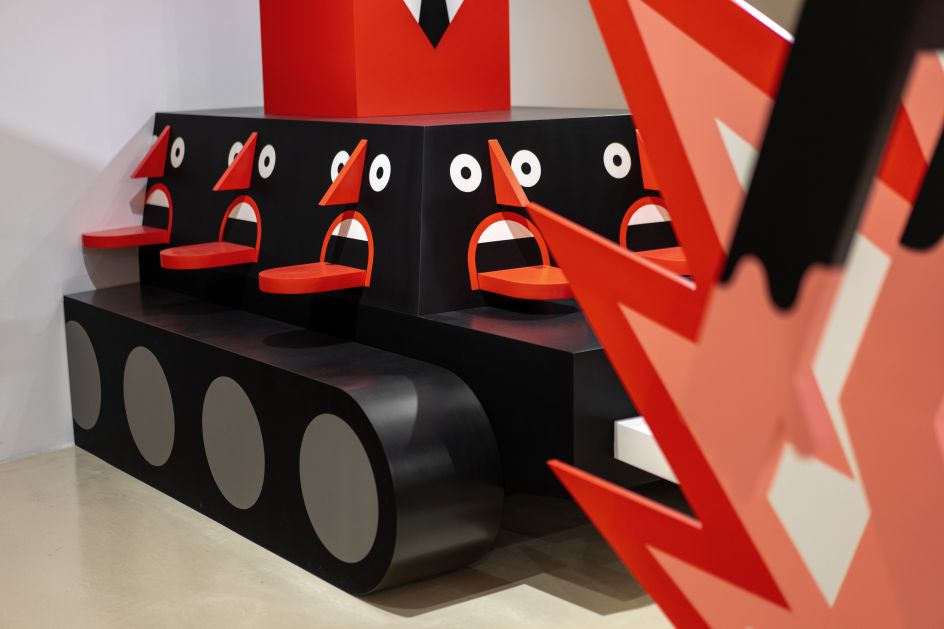
Curated by Yuval Saar, the exhibition of wooden, metal and plastic sculptures is more pertinent than ever, given the war currently engulfing its surroundings. Indeed, the sculptures on display depict militaristic, tragic and symbolic imagery.
The gallery adds, "Tishbi gives free rein to hidden desires, to the appeal of the aesthetics of violence, terrorism, and disasters, to the addiction to anxiety, panic, and the consumption of mass media, which inflames passions and turns horror into entertainment."
"While carnivals aim to bring social and political liberation, Tishbi's carnival depicts a march where liberation is expressed as a cult of violence. It wishes to shine a spotlight on the dreadful worship of the ritualism of military parades and our endless consumption of power, chaos, and violence."
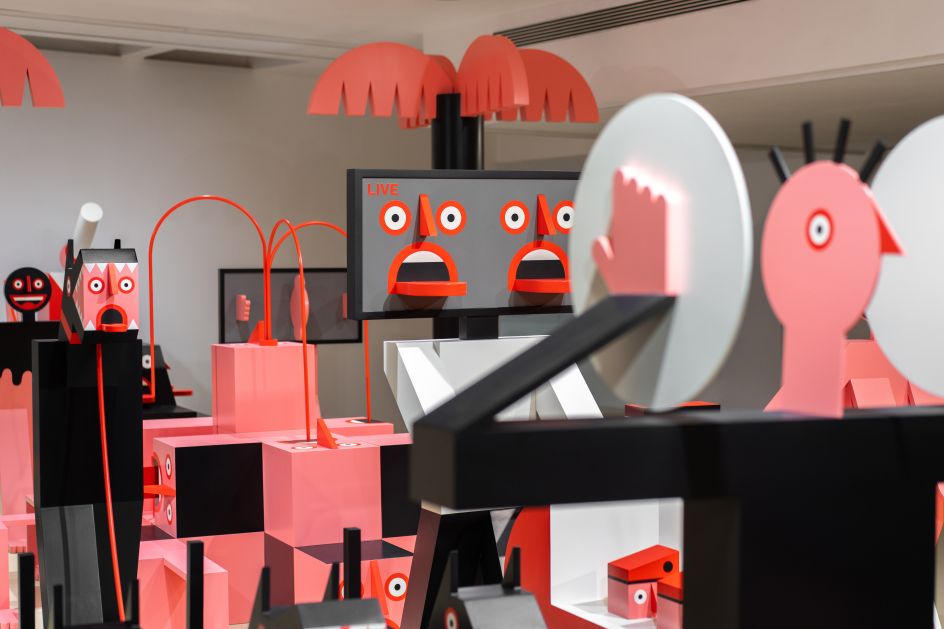
Are the marching figures celebrating a victory or commiserating a defeat? Thanks to their grotesque, parodic renderings, it is impossible to tell. Still, according to Dr Tal Barli, their significance lies in the fact that they contain the "seed of calamity"; in other words, the active or passive potential to change the course of regular life.
"Tishbi uses the carnival as an instrument of political critique," Dr. Tal Barli explains. "The carnivalesque character of the installation, with its ceremonial air and grotesque bodies, makes a strong statement about organised processions and parades.
"It is a subversive call wrapped in an attractive visual aesthetic that seeks to shine a spotlight on compartmentalisation and exclusion, as well as on rituals and our society's veneration for ceremonious military parades and endless consumption of violence, coercion, and chaos."

 for Creative Boom](https://www.creativeboom.com/upload/articles/06/063686a9a3b095b9b1f0e95df917ed4bd342be1b_732.jpg)



 using <a href="https://www.ohnotype.co/fonts/obviously" target="_blank">Obviously</a> by Oh No Type Co., Art Director, Brand & Creative—Spotify](https://www.creativeboom.com/upload/articles/6e/6ed31eddc26fa563f213fc76d6993dab9231ffe4_732.jpg)
 by Tüpokompanii](https://www.creativeboom.com/upload/articles/58/58684538770fb5b428dc1882f7a732f153500153_732.jpg)









